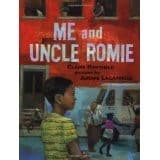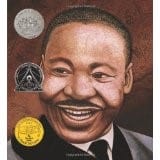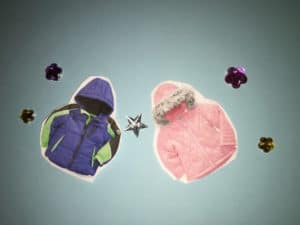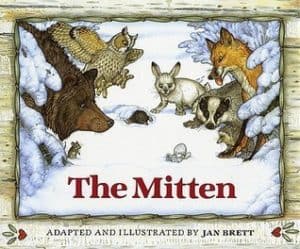Groundhog Day: What’s in the Forecast?
It’s the last day of January. And in two days we will get word about when we can expect winter to end. If Punxsutawney Phil sees his shadow, it’s back to huddling under blankets. But if he doesn’t, we’ll be breaking out the bikinis and flip flops before we know it!
Forecasting is an ancient practice
Forecasting has always satisfied a deep human need. Back in 1500 BC, the Chinese Shang Dynasty passed out plum positions to those who could hone their sight and hearing to predict weather patterns. The ancient Greeks put together a list of 200 ways to forecast weather.
Today, of course, we have fancy meteorological equipment. But we still set aside a day each year to march out with elaborate fanfare a pudgy little groundhog, the great predictor of our winter fate.
Why is forecasting so important to us?
Well, it comes in handy when making some pretty important decisions. Knowing if the summer will be wet or dry helps farmers make key decisions related to their crops. Knowing if the stock market will rise or fall helps investors put their money in the best ventures. Knowing which strains of flu virus will be the most prevalent in any given year helps scientists protect against severe illness by preparing the most effective flu shots. Knowing the number of questions on any given subject on the SAT helps tutors better prepare their students to achieve high scores.
On the more frivolous side, the status of the groundhog’s shadow on February 2 helps us plan our wardrobe. And if the outcome is good, it can help us improve our state of mind.
So forecasting gives us information that helps us make better decisions. And that is a good thing. But we all know that forecasting is not an exact science. I can remember still remember April 1975 when 9.8 inches of snow fell in Chicago despite Punxsutawney Phil’s prediction of a short winter. I can also remember pulling my hair out at a sudden 500 point drop in the stock market on the heels of a sunny bull market prediction.
The reality is, and we all know it, forecasting is very imprecise. Heck, it’s often downright wrong. But forecasting satisfies our need to prepare – to make the most of the good times and to take whatever steps we can to minimize the bad. For ourselves and for our children.
So here’s hoping there’s no shadow in sight on Tuesday. Happy Groundhog’s Day!
Share your stories of Groundhog Day!











